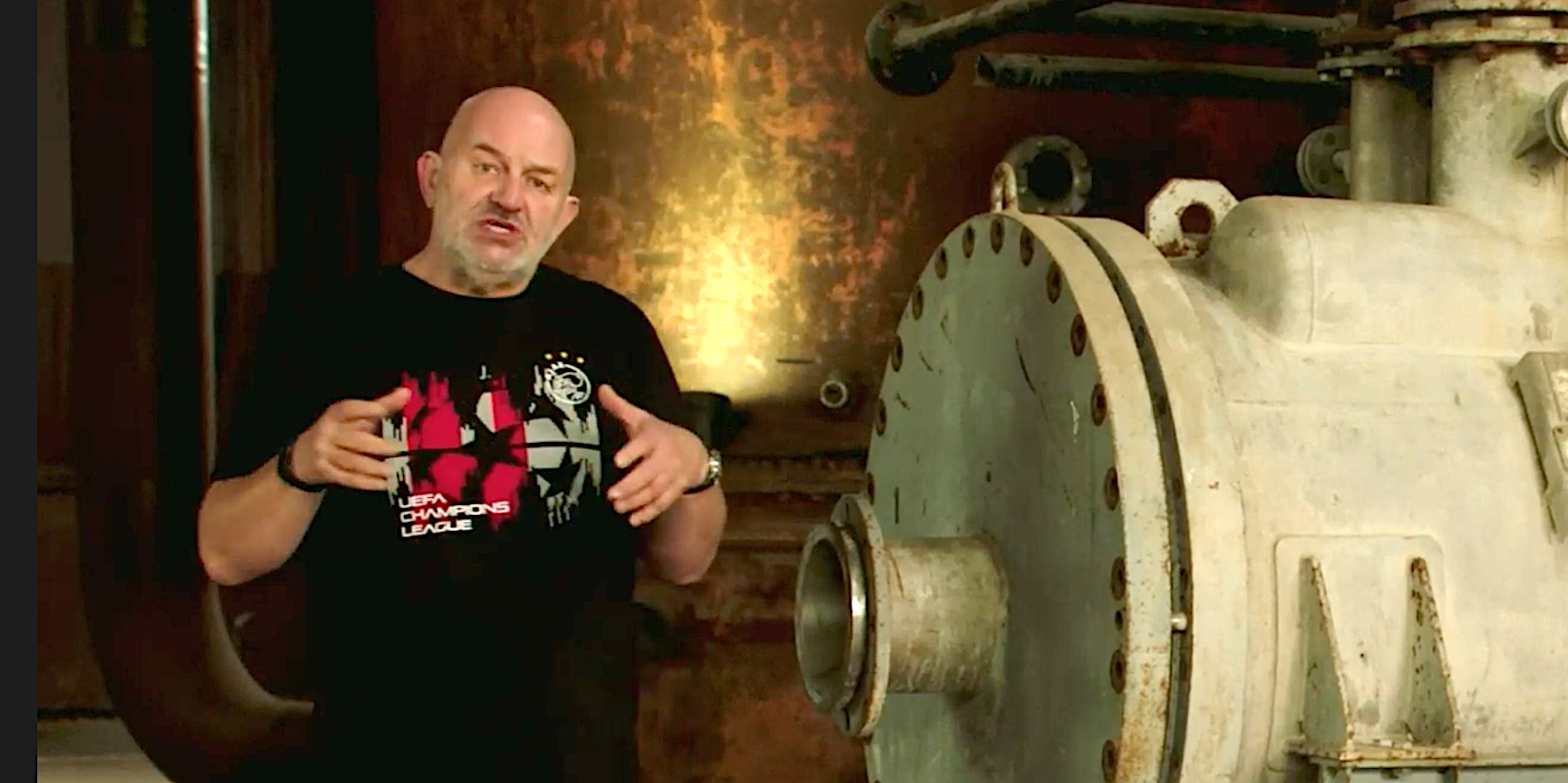 CLOUD
CLOUD
 CLOUD
CLOUD
 CLOUD
CLOUD
A visitor to the LinkedIn profile of Werner Vogels, chief technology officer for Amazon.com Inc., will find an image of a warehouse with shelves of books stacked as far as the eye can see.
The photo is a nod to both Amazon’s roots as an online bookseller and the massive computing infrastructure required to keep close track of every item in the company’s vast inventory. As a 16-year veteran of the firm, Vogels (pictured) has played a key role in both the rise of the largest retail platform in the world and the market dominance of the most widely used public cloud.
Vogels gave a high-profile, carefully scripted virtual keynote address during AWS’ signature re:Invent conference on Tuesday that touched on a number of themes, covering new cloud tools for developers and a focus on operational visibility. However, it was Vogels’ “fireside chat” on Thursday that offered AWS observers a closer look at the CTO’s primary interests and future focus.
Much as they were for AWS Chief Executive Officer Andy Jassy, the lessons and revelations from the impact of the global pandemic were very much on Vogels’ mind. He cited an example of how student engineers from the Polytechnic University of Milan observed long lines at Italian supermarkets during the start of the virus shutdown in March, and quickly designed a crowdsourced app that pointed local citizens toward emptier stores nearby.
“These applications weren’t developed over two or three months, they were developed in days,” said Vogels during his appearance on Thursday. “It’s all about speed.”
Vogels has also been impressed with how the pandemic was transforming educational platforms. He cited the Polish startup Brainly, which saw usage of its virtual crowdsourced learning platform grow from 150 million pre-pandemic users to 350 million today.
“It’s interesting to see how communities are getting together for education,” Vogels said. “Much of education has moved online, and this is not going to leave us for quite some time. That’s definitely an area where we will see a lot of innovation happen.”
Technology has the ability to impact communities around the globe as well, but that will require a stronger focus on person-to-machine interfaces that make tech more accessible, according to Vogels. That suggests the continued growth of conversational tools, a trend acknowledged by AWS earlier this month when it announced a set of new voice recognition solutions.
“Technology needs to be accessible not just for us digital mavens, but it needs to be accessible for everyone,” Vogels said. “If you’re a small farmer in Indonesia, you’re focused on growing your crops, not running around with a smartphone. But if you could talk to it, it would suddenly become useful for everyone.”
Vogels’ reference to Indonesian farmers was not a mere casual observation. He really has been talking with farmers in Indonesia. The Amazon CTO is the host of a new video series titled “Now Go Build” that has taken him on a voyage through Europe, Africa and Southeast Asia, exploring how people are tackling some of the world’s most pressing issues. He spoke with farmers in Jakarta during the first season of the series.
In addition to focusing on technology’s accessibility, Vogels is also looking down the road at where technology is headed. Two of those areas he specifically called out were quantum computing and aerospace.
In August, AWS officially launched Amazon Bracket, its quantum computing service designed to help cloud customers who want to experiment with quantum algorithms run on the AWS platform. A recent Bloomberg story has reported that the company is actively recruiting research scientists in an effort to design and build its own quantum computer.
“The biggest thing that we’ll see in the coming year or two is that the software development environment will change dramatically,” said Vogels, during a brief discussion of AWS’ interest in the quantum field. “That’s definitely an area that AWS needs to be in because we really want to take away the heavy lifting.”
AWS has been particularly interested in building a presence in aerospace to exploit opportunities in that sector. The company established a new aerospace and satellite solutions business in June, which will be led by Teresa Carlson, who manages the AWS public sector practice.
A key element of the AWS strategy in aerospace involves microsatellites. Amazon’s Project Kuiper is an initiative to place approximately 3,200 satellites in low orbit around the Earth for improved delivery of internet services. Tens of thousands of satellites are predicted to be launched by other companies in the coming years, and AWS has already built six dedicated ground stations around the globe that will be used to communicate with orbiting systems.
“We’ve completely democratized access to satellites,” Vogels said. “This will help people around the world get access to critical digital services. Cloud is now winning in space.”
THANK YOU